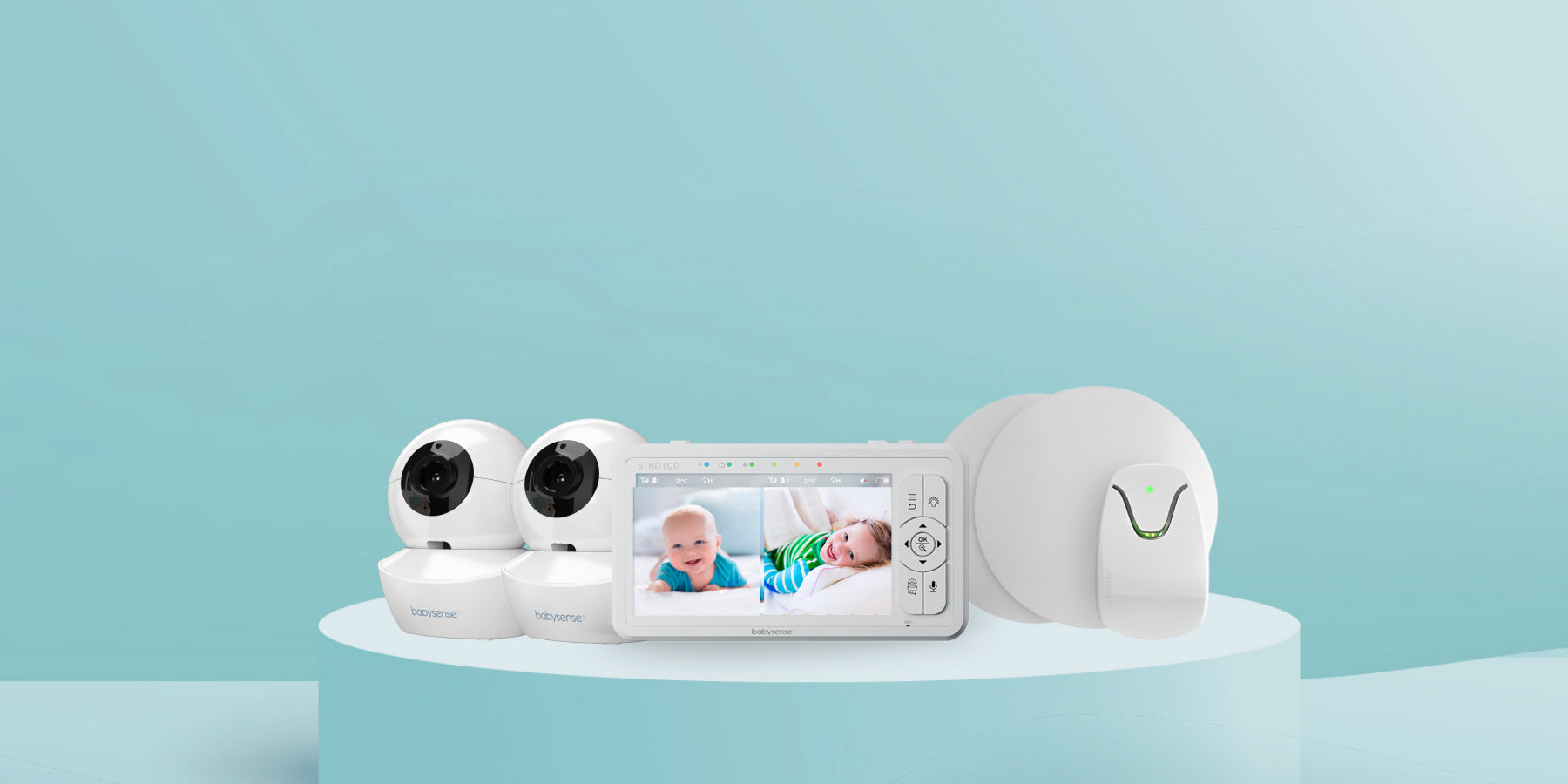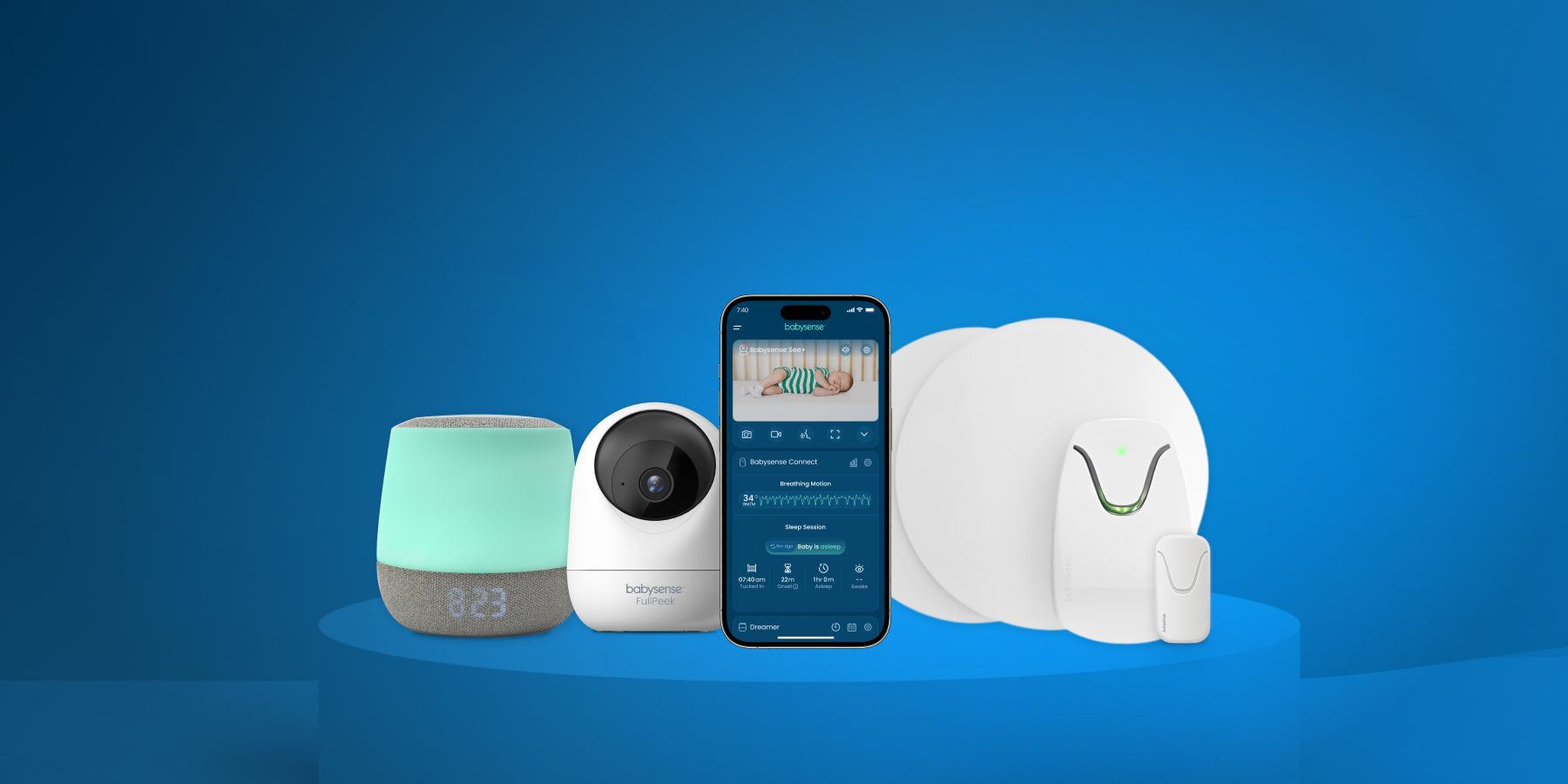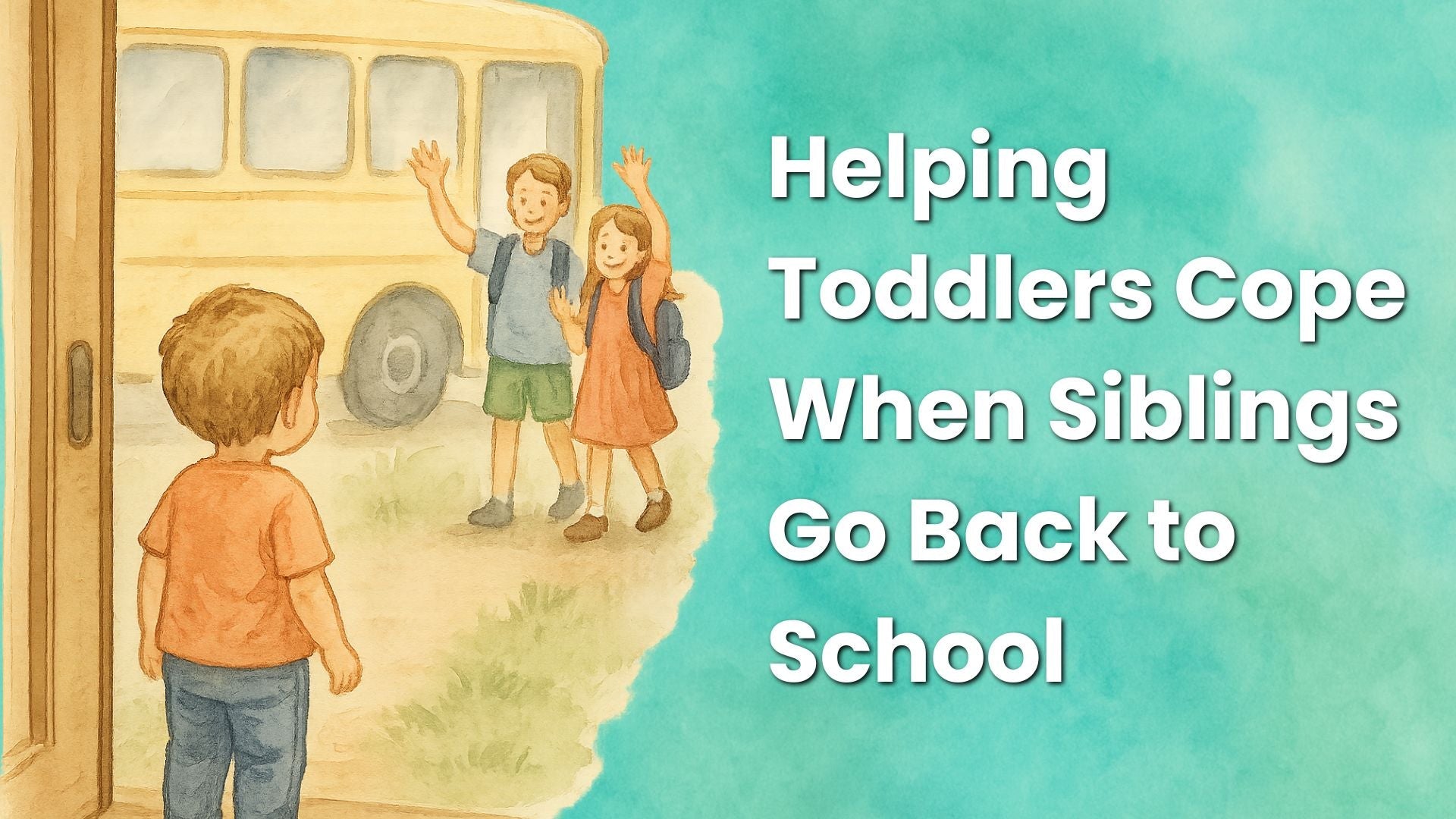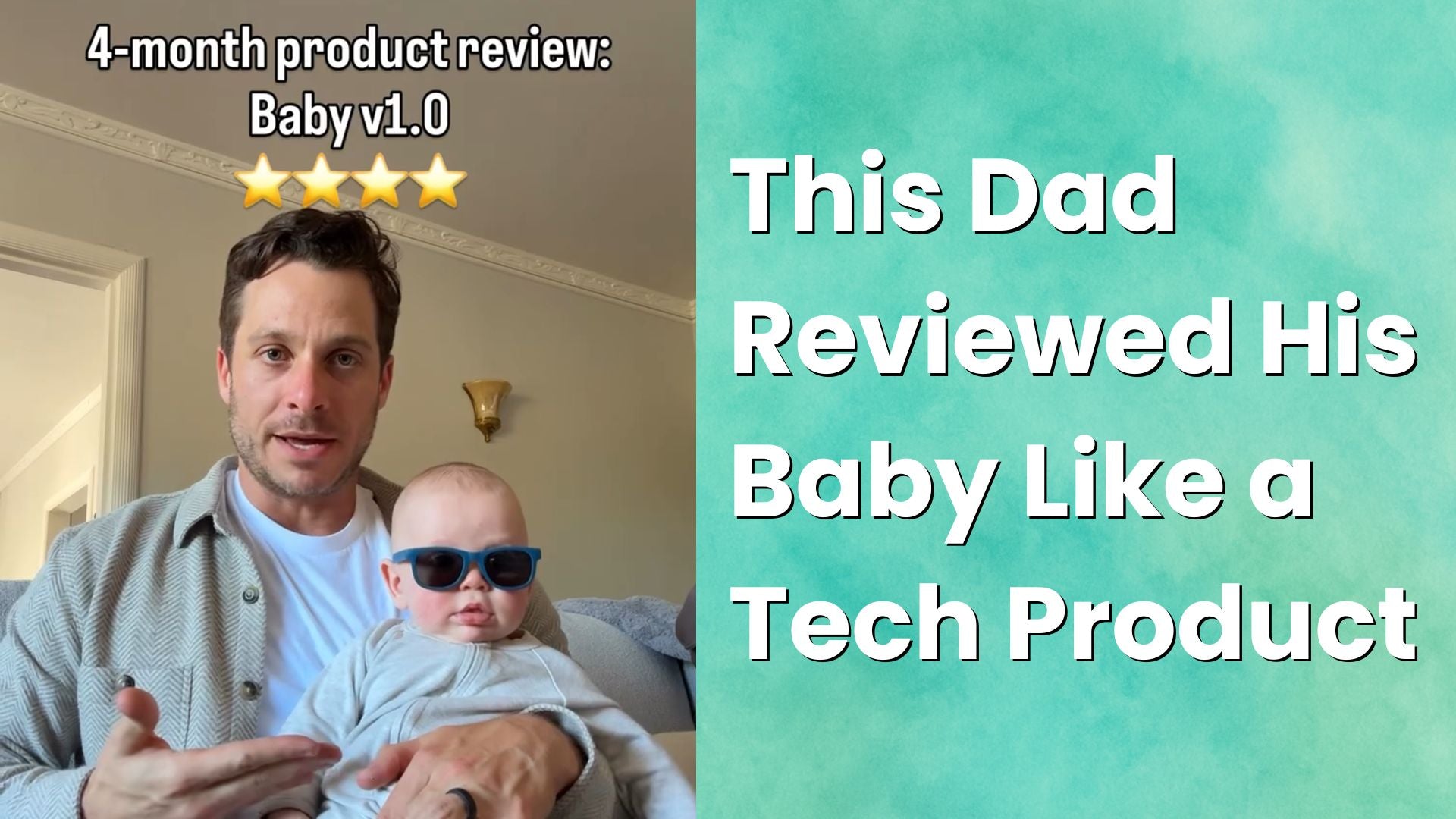For healthy babies 6 months and older, controlled comforting can teach self-soothing while still providing reassurance. See what the science says, who should wait, and alternatives that work.
What “controlled comforting” means
Controlled comforting is a structured way to give your baby short, timed chances to resettle while you check in at increasing intervals. It is sometimes called controlled crying or graduated extinction. Clinical bodies describe it as suitable from about 6 months for otherwise healthy infants. See the RACGP FAQ.
What the science says in 2025
Effectiveness
- Randomized trial in infants 6 to 16 months: graduated extinction and bedtime fading shortened sleep onset and reduced night wakings. Pediatrics, 2016 and summary at AAFP.
- American Academy of Sleep Medicine reviews conclude behavioral treatments like graduated extinction, positive routines, and parental presence fading provide reliable improvements in infant and toddler sleep. AASM Review and Practice Parameters.
- Systematic review and meta analysis shows behavioral sleep interventions reduce child sleep problems and improve maternal sleep quality. Scientific Reports, 2022.
Safety, stress, and attachment
- In the 6 to 16 month RCT, infant salivary cortisol and 12 month attachment were measured. No adverse stress response and no attachment problems were found. Pediatrics, 2016.
- Five year follow up reported no long term harms to child mental health, stress regulation, sleep, parenting style, or the parent child relationship. Pediatrics, 2012.
Parental wellbeing
- Behavioral sleep strategies improved infant sleep and reduced maternal depressive symptoms in both an efficacy RCT and a community cluster RCT. BMJ, 2002 and Arch Dis Child, 2007.
Safe sleep still comes first
No method replaces safe sleep basics: back to sleep, firm flat surface, uncluttered crib, room share without bed sharing, avoid smoke exposure, consider a pacifier. See the AAP 2022 evidence base and the AAP Safe Sleep hub.
Who should wait or choose another method
- Babies younger than 6 months. Many still need night feeds and frequent contact. See RACGP.
- Babies who are unwell, have poor weight gain, significant reflux, or medical concerns. Speak with your clinician first.
- Families who prefer responsive settling or cultural practices centered on immediate soothing.
- If timed crying does not fit your values or capacity. Methods work best when matched to your family.
How to try controlled comforting step by step
Before you start
- Get medical clearance if you have concerns, and review safe sleep. AAP Safe Sleep.
- Build a calm, predictable 20 to 30 minute bedtime routine.
- Set realistic goals, align with all caregivers, and pick a low stress week.
A simple 5 night sample plan
- Night 1: Put baby down awake. If crying, wait 2 minutes, give brief reassurance without picking up if possible, then leave. Next interval 4 minutes, then 6 minutes. Repeat as needed.
- Night 2: Use 3, 5, 7 minute intervals.
- Night 3: Use 4, 6, 8 minute intervals.
- Night 4+: Extend check ins by 1 to 2 minutes per cycle. Keep reassurance short and consistent.
Adjust intervals and comfort style to suit your baby’s temperament. Many families see progress within 3 to 7 nights. The RCT above shows bedtime fading works as well, so choose the path that feels kindest to your household.
Gentler alternatives with strong evidence
- Bedtime fading. Temporarily move bedtime later to match natural sleepiness, then bring it earlier by 10 to 15 minutes per night. Effective in the same RCT as graduated extinction. Pediatrics, 2016.
- Camping out or parental presence fading. Sit next to the crib offering quiet reassurance, and fade your presence over 1 to 3 weeks. Supported by pediatric sleep guidelines. AASM Review.
- Responsive settling with gradual reduction of help. Government backed framework many families find comfortable. Raising Children Network and practical overview at Pregnancy Birth and Baby.
How to choose the right method for your family
- Age and feeding. Under 6 months, prioritize feeding needs and flexible routines. After 6 months, self settling is more realistic for many infants.
- Your tolerance for protest. Choose methods you can sustain.
- Your values and culture. There is no single right way.
- Your support system. Align caregivers and plan for consistency.
Helpful tools for consistency include a calm sleep space and discreet monitoring. If you want to monitor while giving your baby space to resettle, consider a reliable monitor like the Babysense HD S2 or the Babysense Smart Nursery. Explore the full BabysenseMonitors.com range.
Myths vs facts
-
Myth: Controlled comforting damages attachment.
Fact: Trials measuring cortisol and attachment found no harm in 6 to 16 month olds and long term follow ups showed no adverse effects. Pediatrics, 2016 and Pediatrics, 2012. -
Myth: It is the only way to teach self soothing.
Fact: Bedtime fading and camping out are viable, evidence based options. Pediatrics, 2016 and AASM Review. -
Myth: If it does not work in two nights, it will never work.
Fact: Many families see change by night 3 to 7. Consistency and fit with temperament matter more than speed.
FAQs
When can I start controlled comforting?
For most healthy babies, consider starting at 6 months. If your baby was premature or has medical concerns, check with your clinician first. See RACGP.
Will controlled comforting harm attachment or raise stress?
Randomized trials that measured salivary cortisol and attachment did not find harm in 6 to 16 month olds. Pediatrics, 2016.
What are gentler alternatives?
Bedtime fading, camping out, and responsive settling are effective and often feel gentler. See Pediatrics, 2016 and Raising Children Network.
Does safe sleep still apply?
Yes. Follow AAP guidance: back to sleep, firm flat surface, uncluttered crib, and room sharing without bed sharing. AAP Safe Sleep hub.
How long before I see results?
Many families see progress within 3 to 7 nights if they are consistent and the plan fits their baby.
Key studies:
- Gradisar et al., Pediatrics 2016
- Hiscock & Wake, BMJ 2002
- Hiscock et al., Arch Dis Child 2007
- Price et al., Pediatrics 2012 (5 year follow up)
- AASM Evidence Review
- AASM Practice Parameters
- Scientific Reports 2022 meta analysis
- AAP 2022 evidence base for safe sleep
- AAP Safe Sleep hub
- RACGP Controlled Crying FAQ
- Raising Children Network: Responsive settling 6–18 months
- Pregnancy, Birth and Baby: Comfort settling
- BabysenseMonitors.com
- Video Baby Monitors
- Babysense Smart Nursery
Disclaimer: This guide is for general information and is not a substitute for personalized medical advice. If you have concerns about your baby’s health, feeding, growth, or development, speak with your pediatric clinician.





